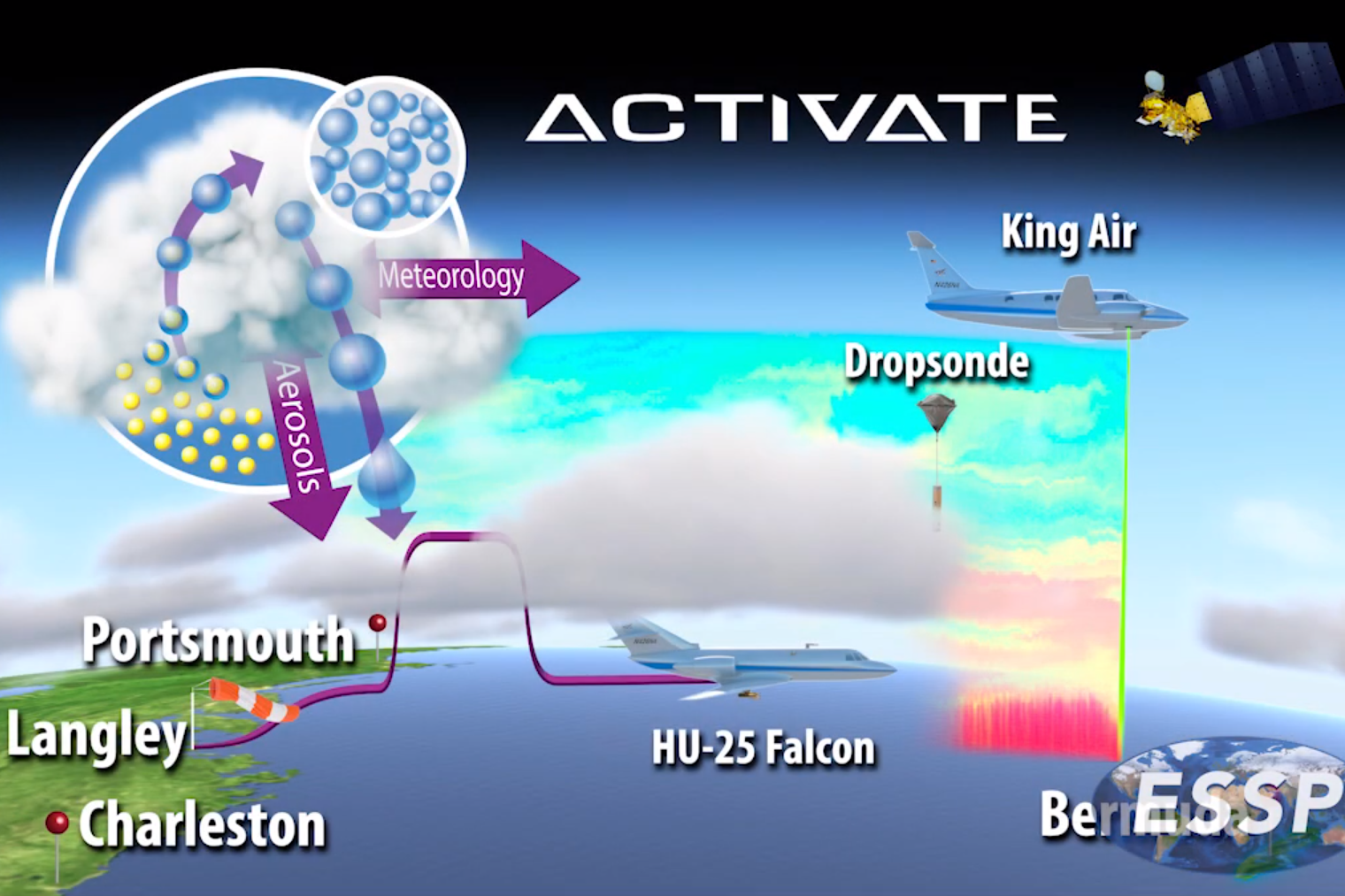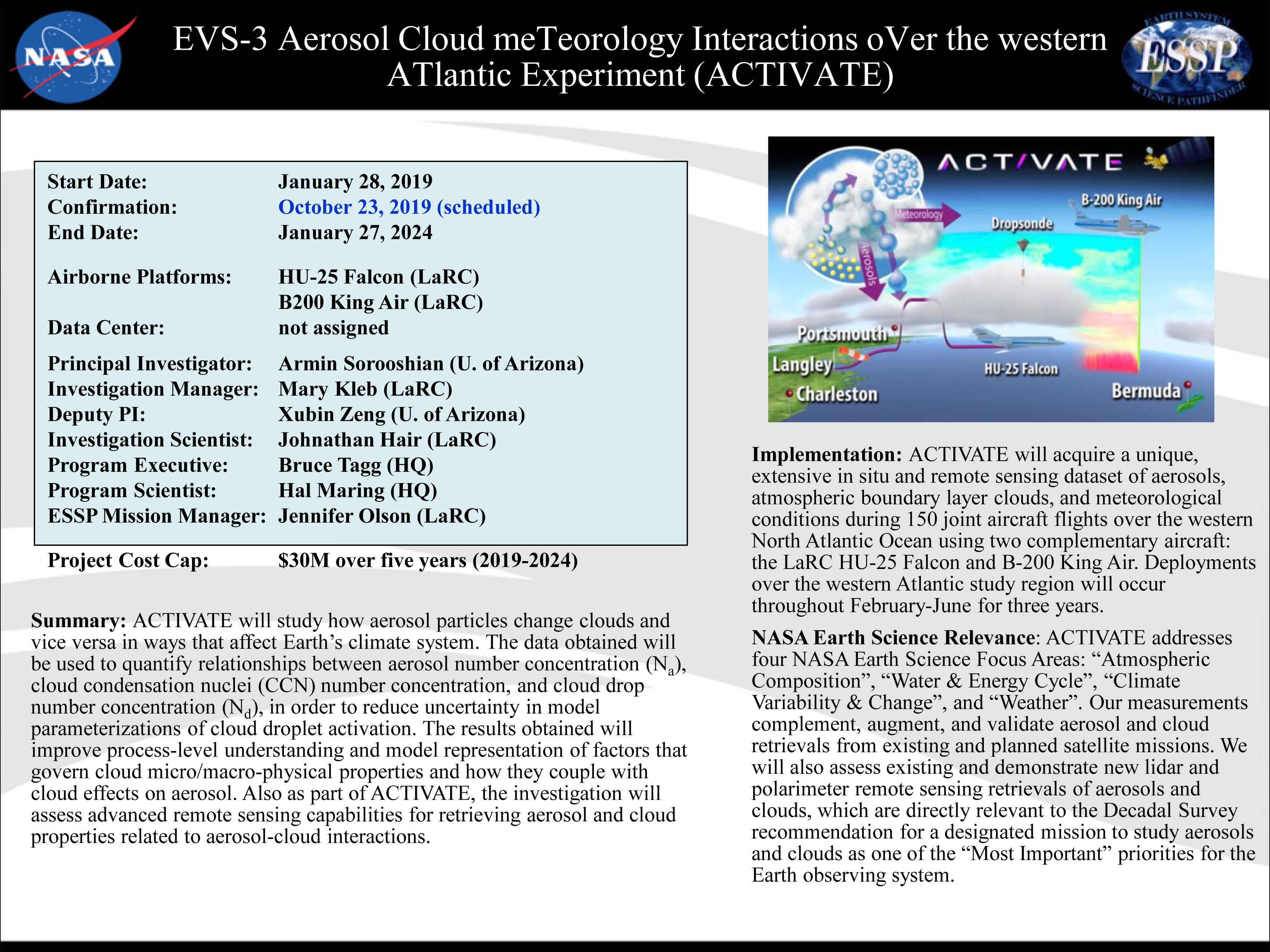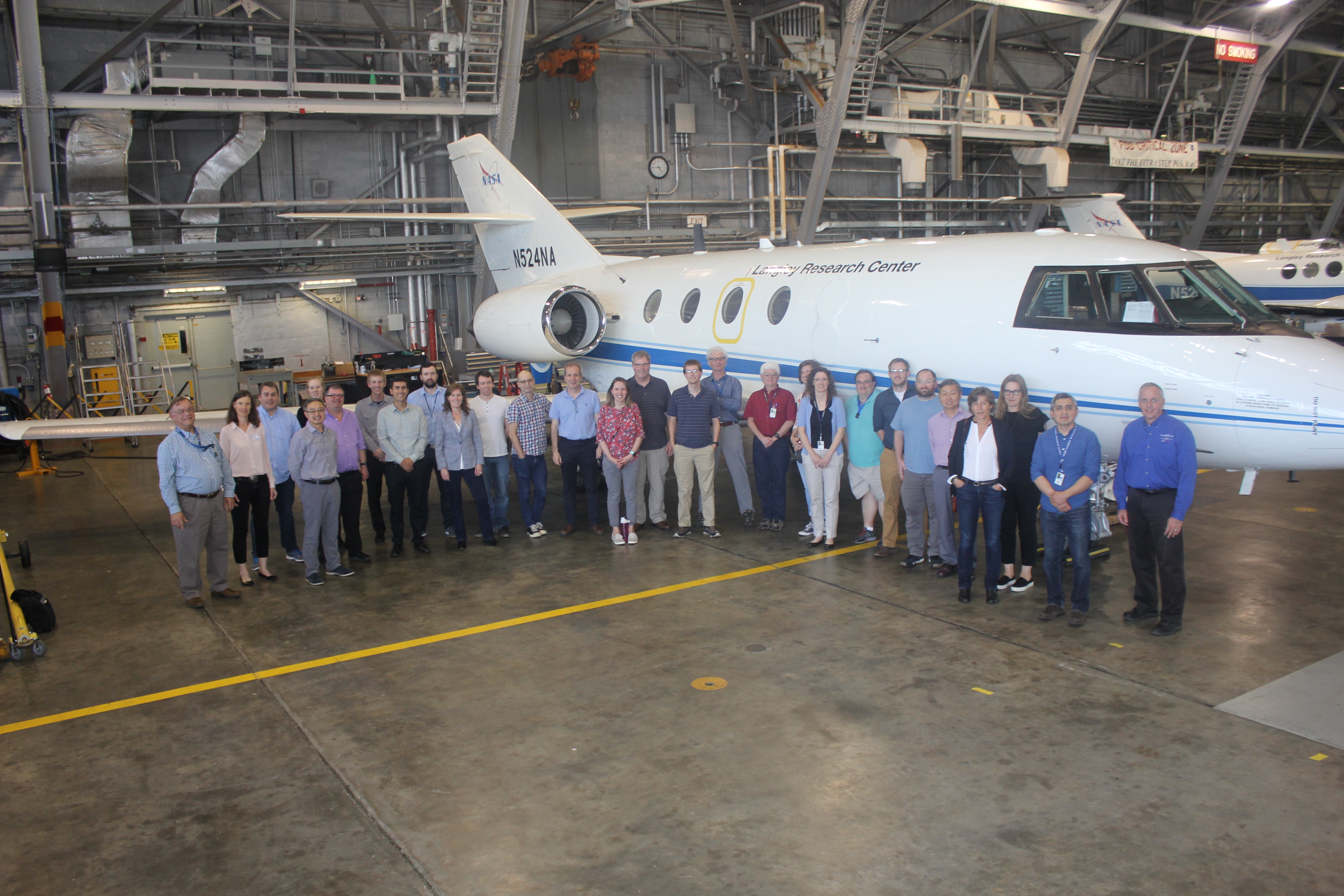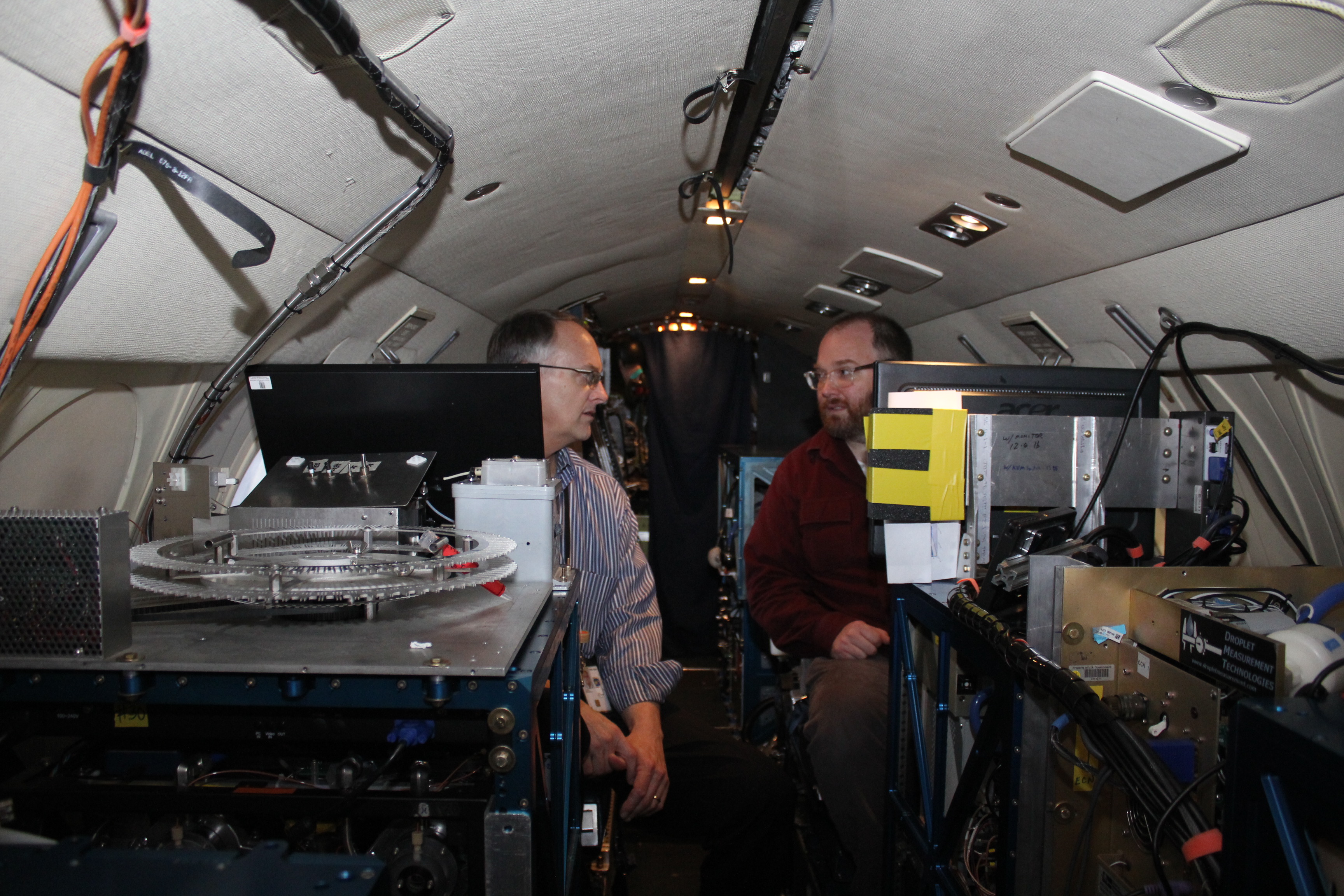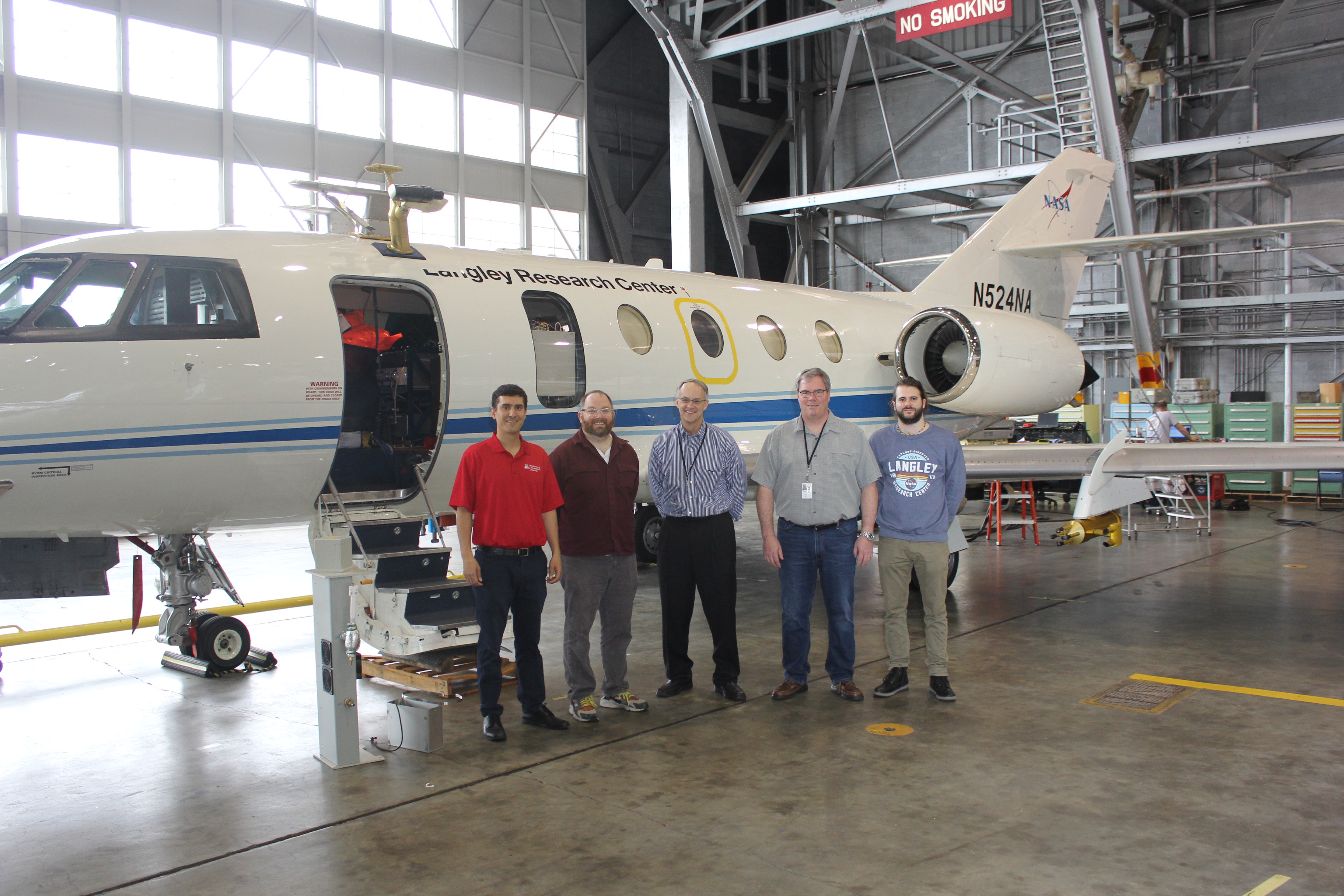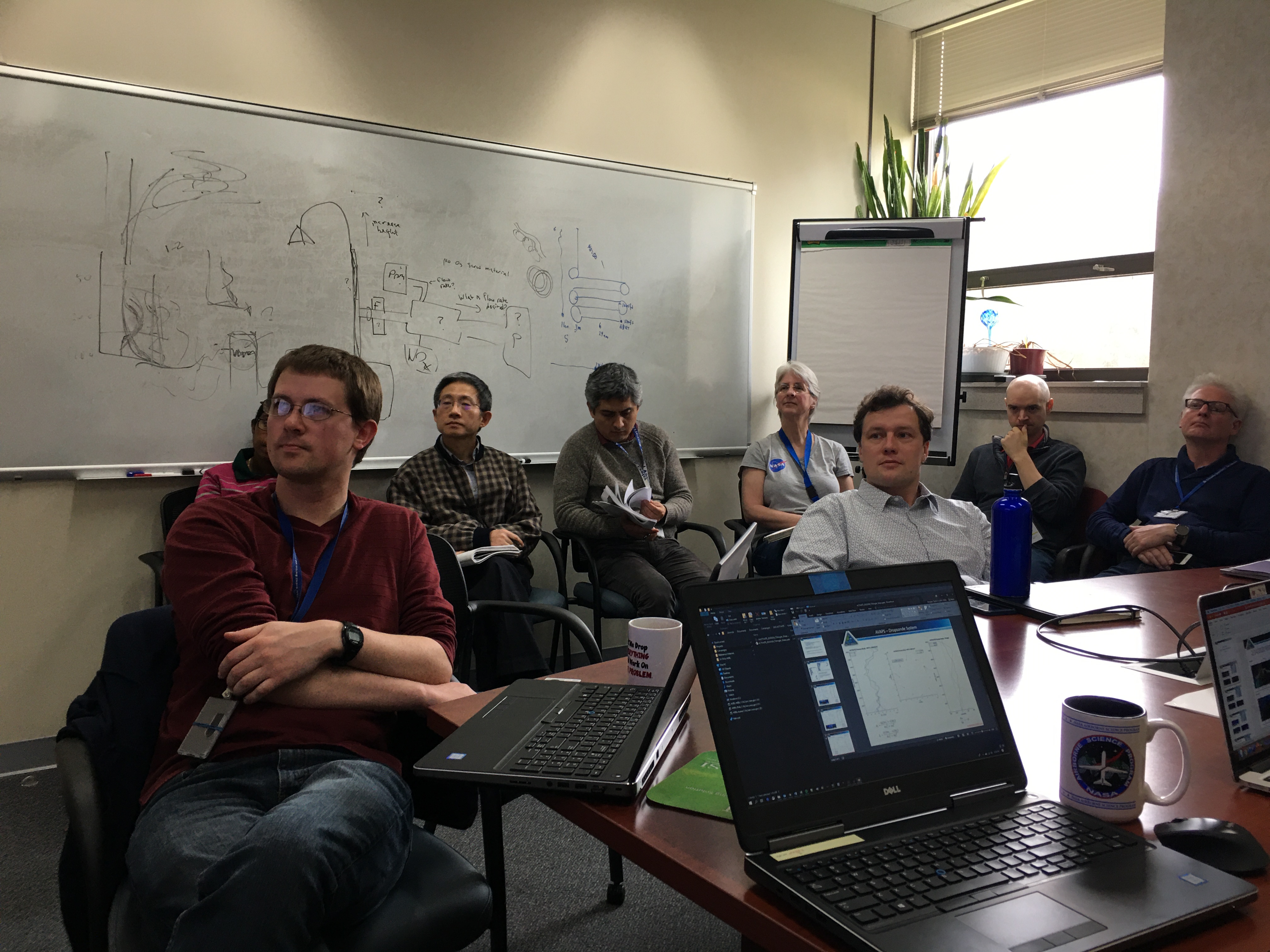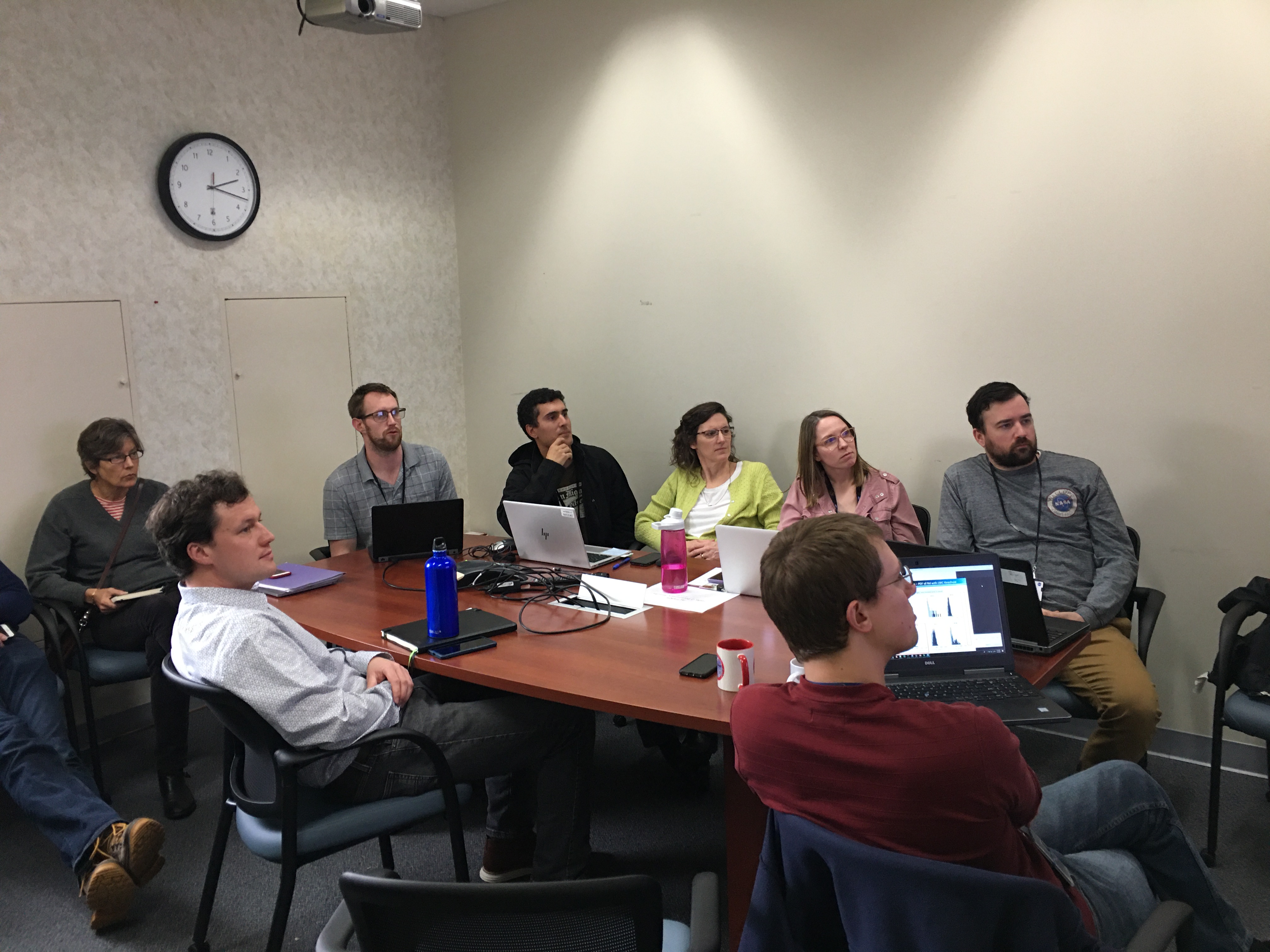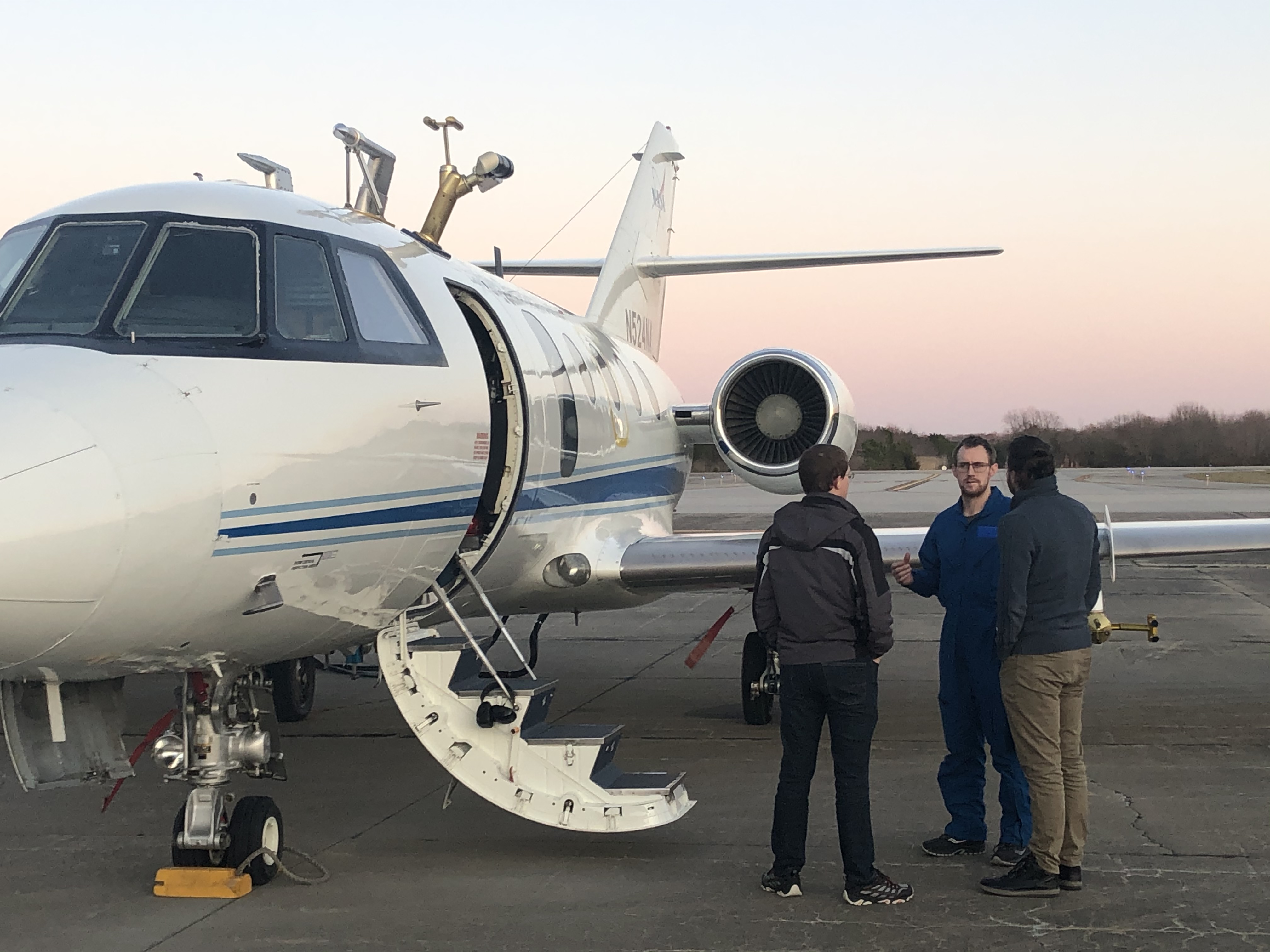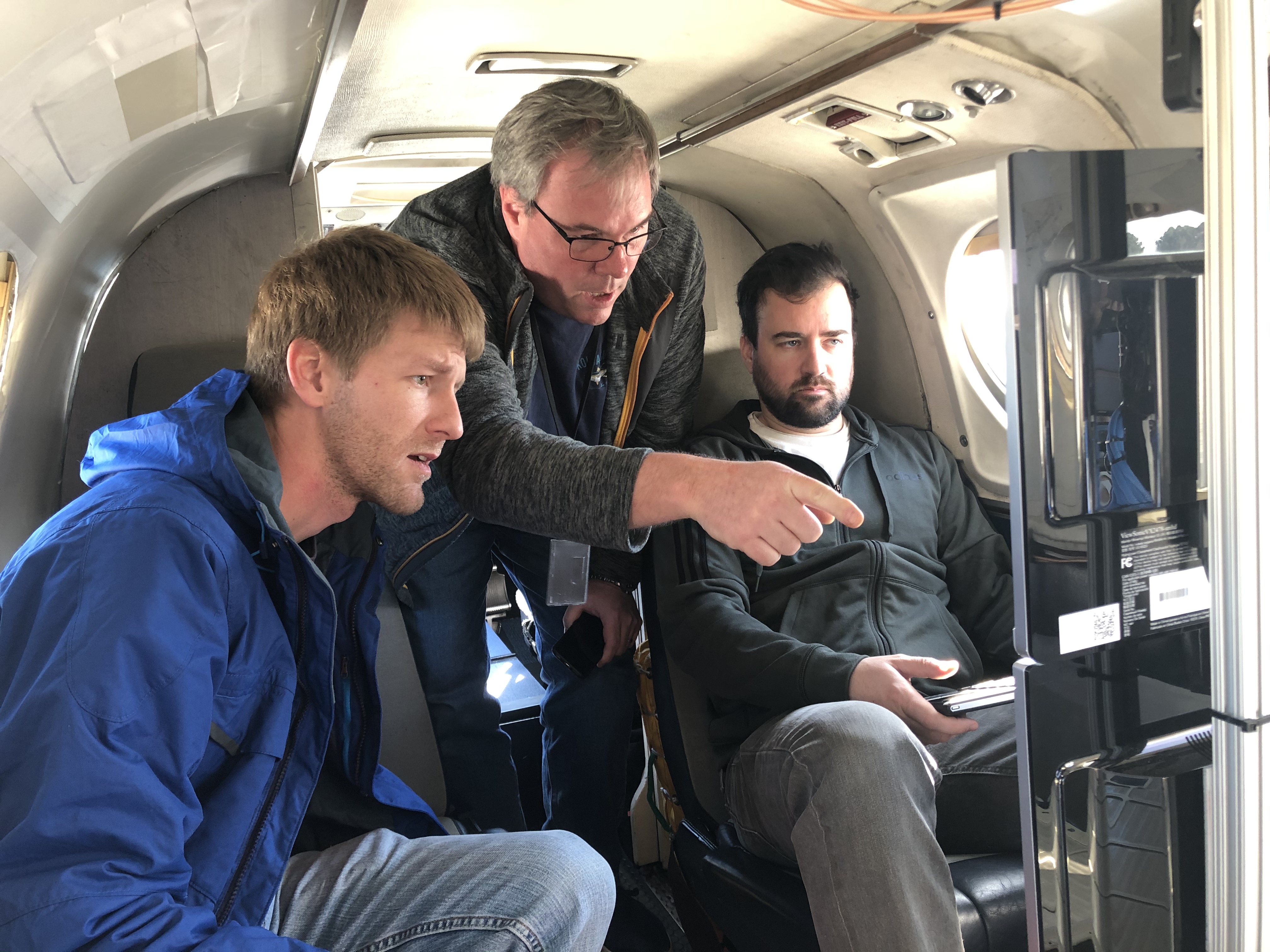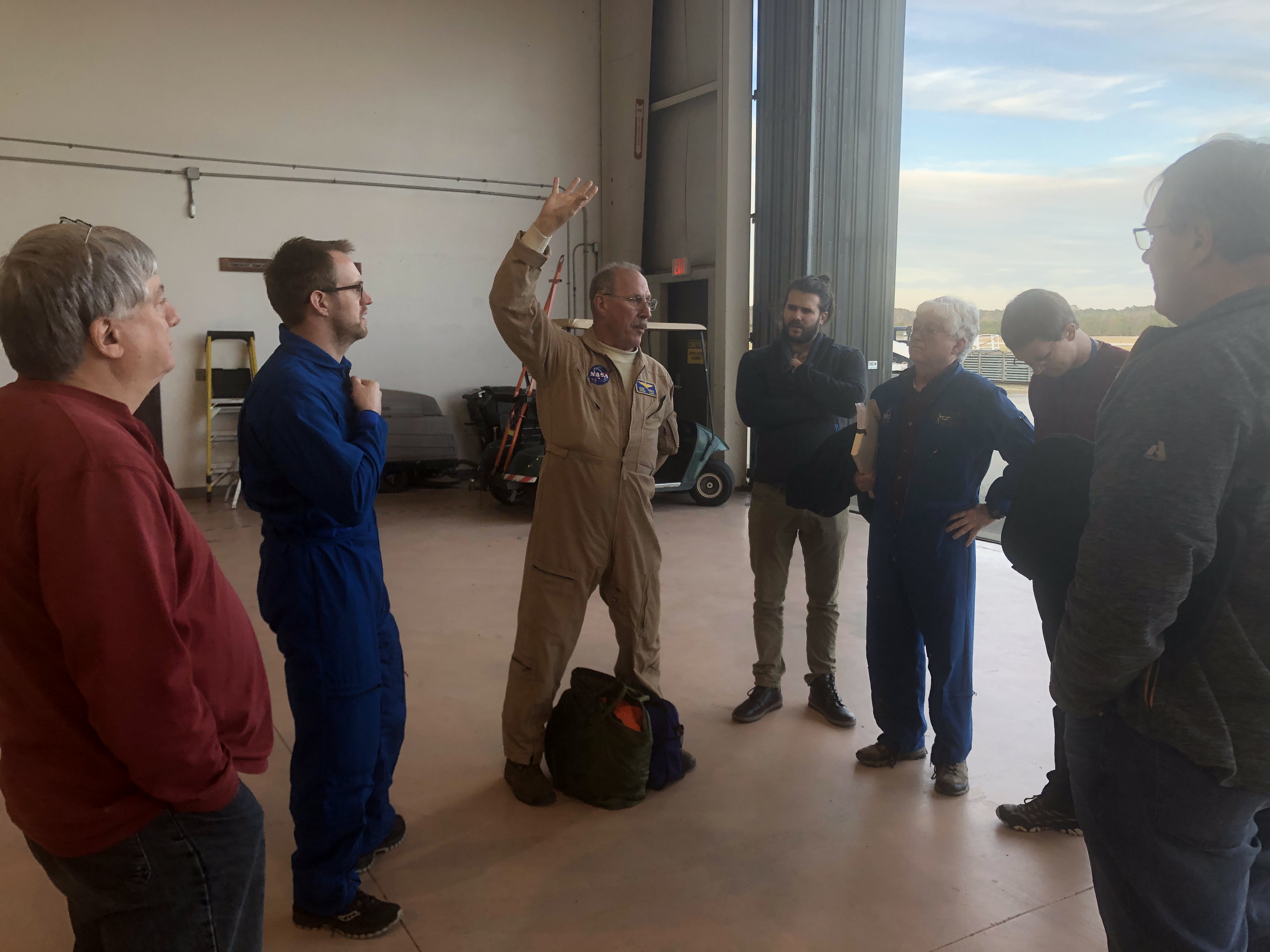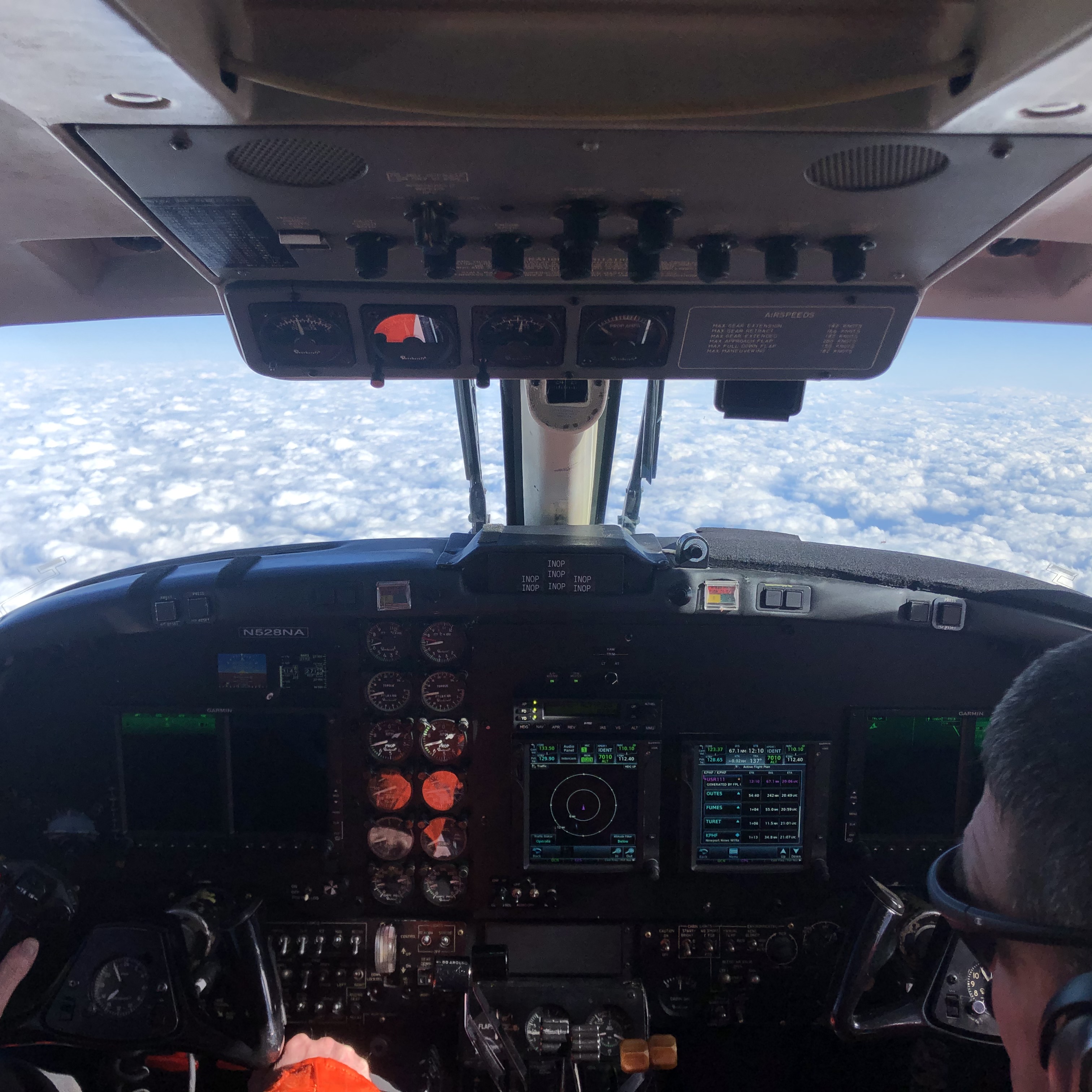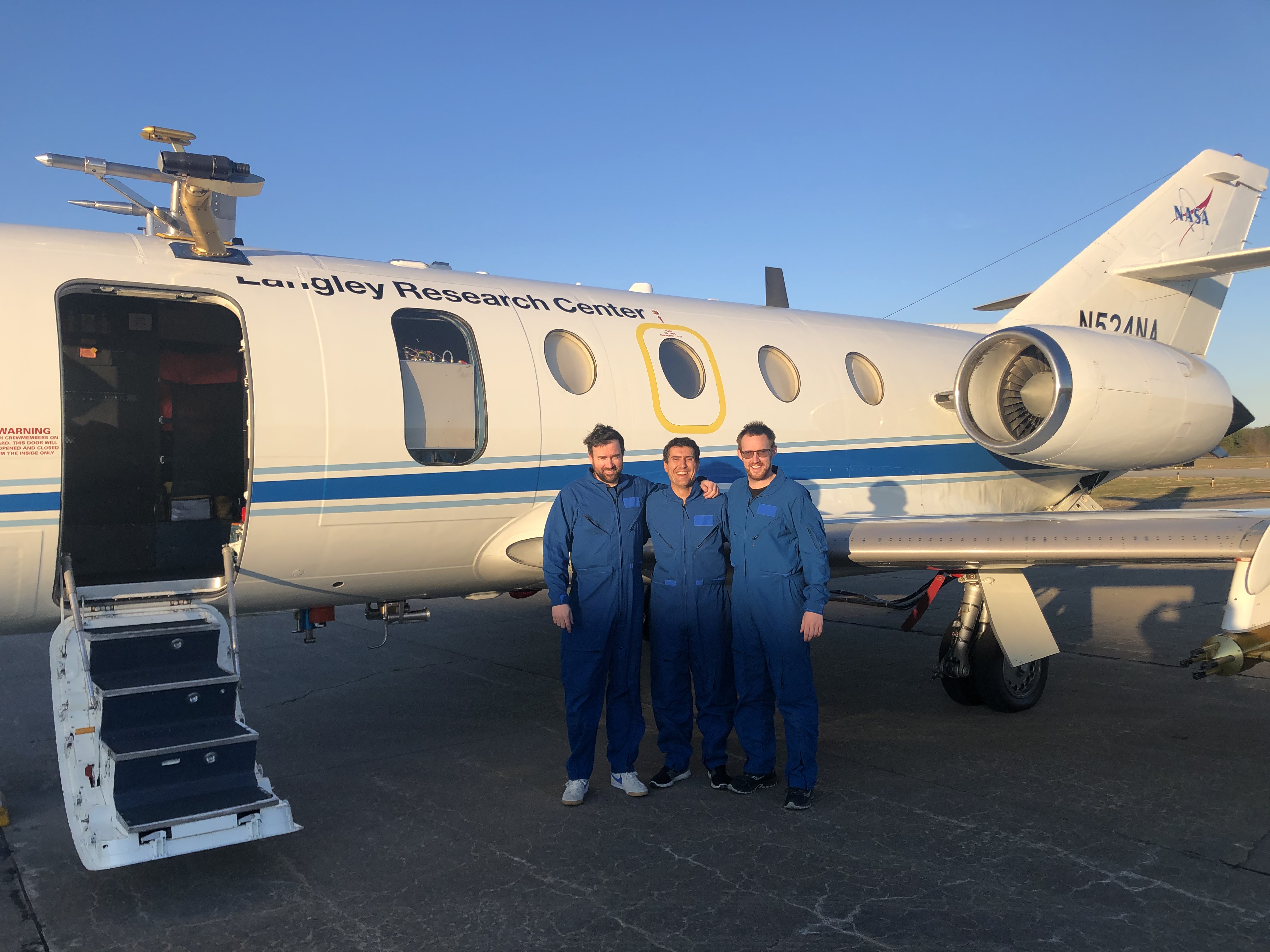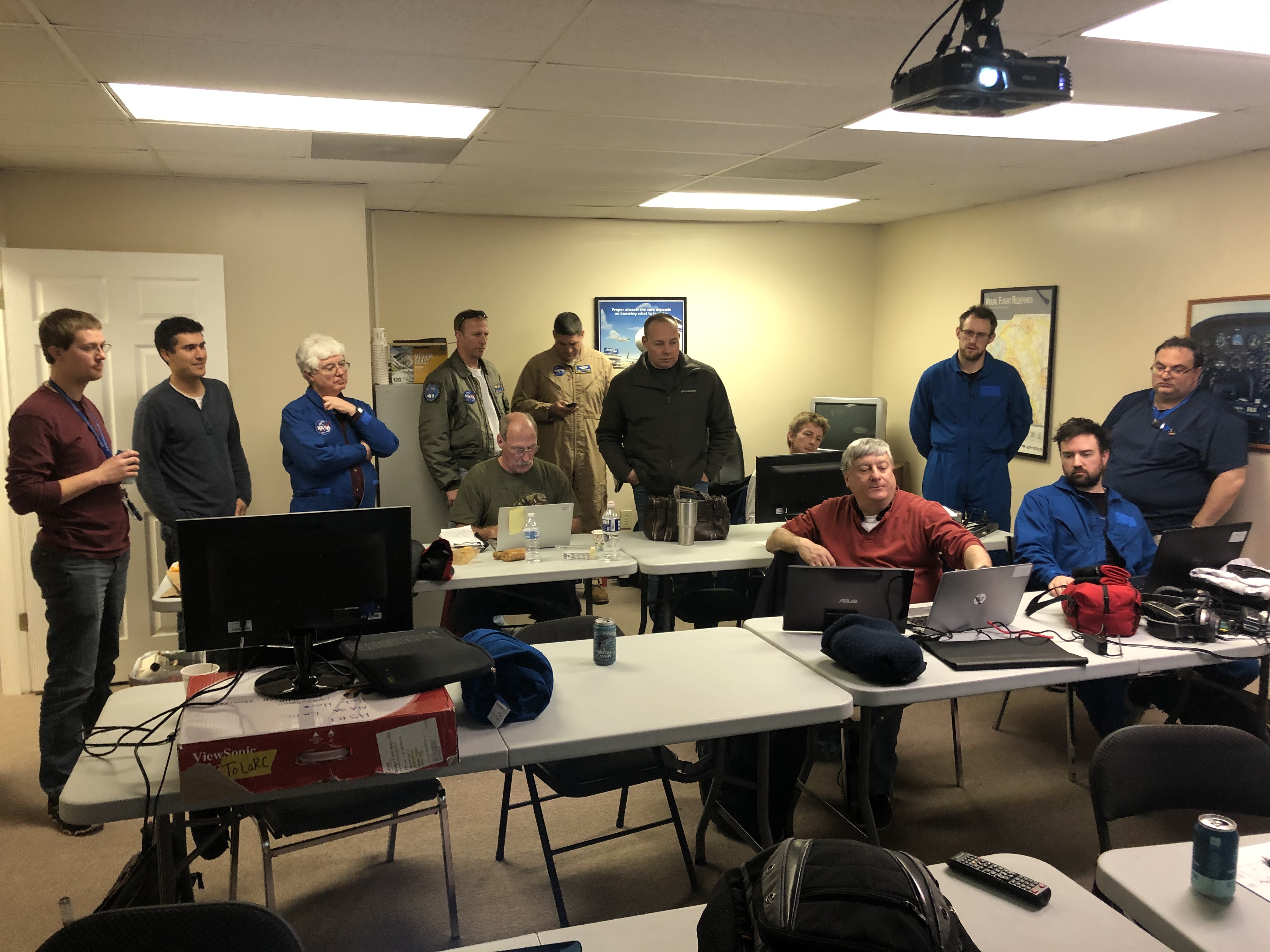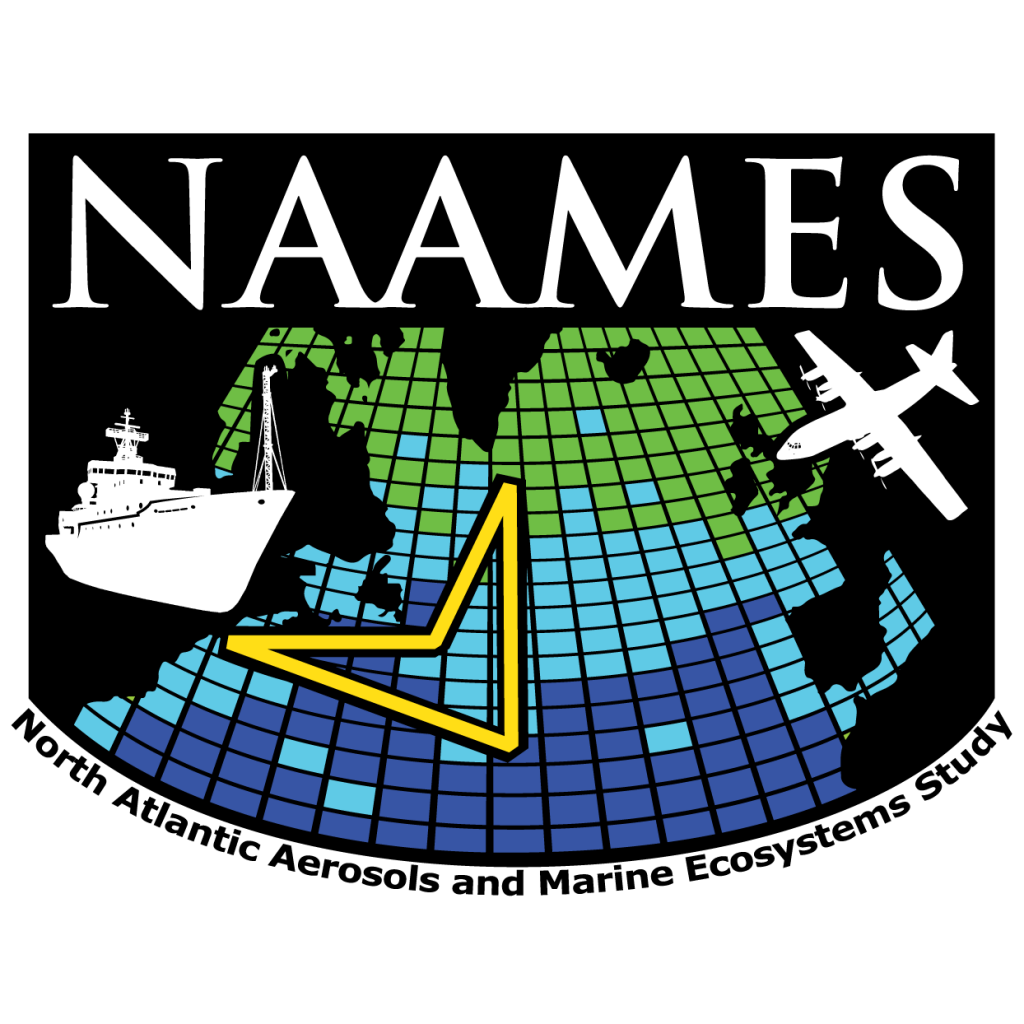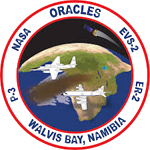
Aerosol Cloud meTeorology Interactions oVer the western ATlantic Experiment (ACTIVATE)
https://activate.larc.nasa.gov/
Riding the marine layer skies looking for aerosol particles – to predict future climate change.
Simulate climate and predict change as it happens!
NASA’s ACTIVATE mission is on the hunt for clouds off the coast over the western Atlantic Ocean! It is looking for answers to help us understand how clouds and aerosols (particles in the air) affect light and heat from the sun. The size and number of cloud droplets within a cloud determines things like how long the cloud lasts, how well it traps heat at the earth’s surface, or how well it reflects sunlight. All of these can have a significant impact on the earth’s climate. One of the largest unknowns in climate change is how the interaction between clouds and aerosols impacts the climate and understanding this is critical towards improving predictions of how future climate will be impacted by human emissions.
“Climate change is one of the most pressing issues we are facing on this planet; it is important for all regions of the world. I have spent my research career studying aerosol particles and the extension to how these particles interact with clouds has opened up a whole new avenue of greater challenges that entices me. The research involves using airborne platforms, which has always been of interest to me as I have always been drawn to airplanes.” – Armin Sorooshian, Principal Investigator
NASA’s ACTIVATE investigation is a five-year project studying how clouds and aerosols interact. Aerosols are very tiny particles that are suspended in the atmosphere and are often the “seed that cloud droplets form around. ACTIVATE focuses on marine boundary layer (MBL) clouds off of the east coast of North America. This region sees a large source of aerosols transported from the US eastern seaboard, making it an ideal area to study these interactions. ACTIVATE is aiming to collect a dataset on aerosol and cloud interactions of unprecedented size and statistics. What’s unique about this investigation? NASA Langley’s King Air and the HU-25A Falcon aircraft are flying together in coordinated patterns to simultaneously gather data from well above the clouds and from directly within the vicinity of the cloud deck itself. These data for both aerosols and clouds will give scientists better understanding as to how these mediums interact and affect our climate.
Related Projects
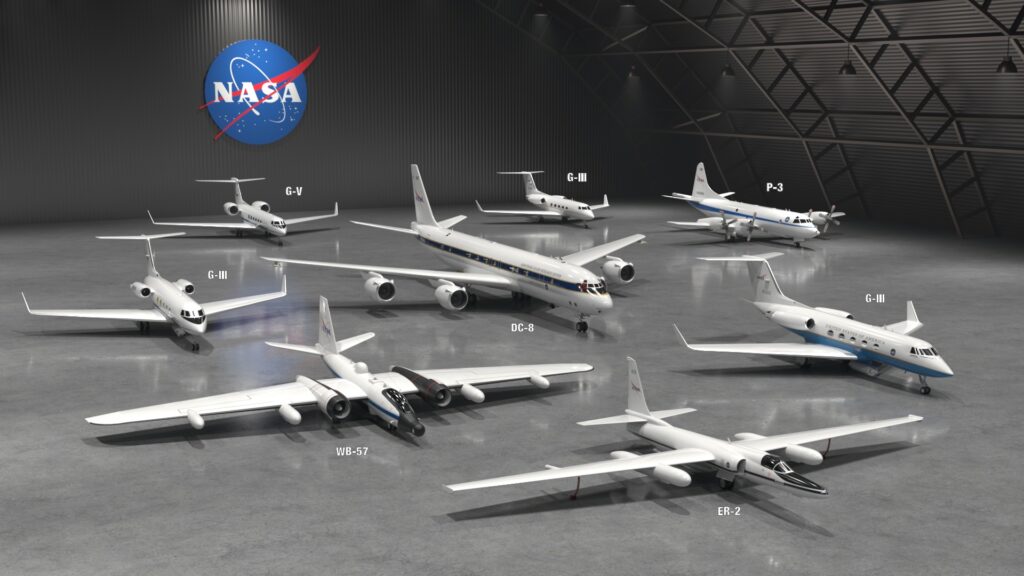





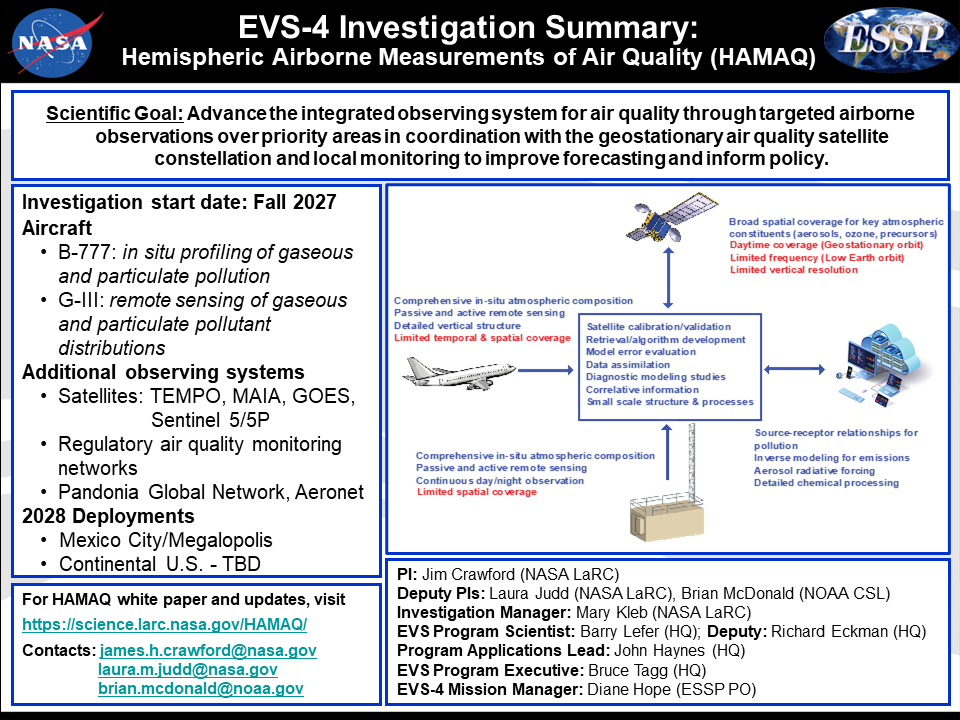


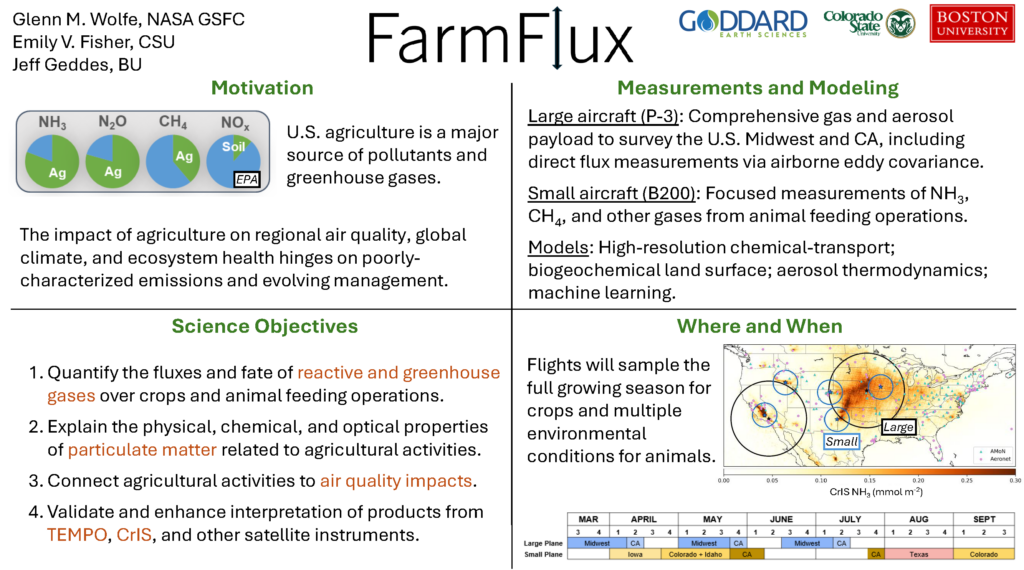





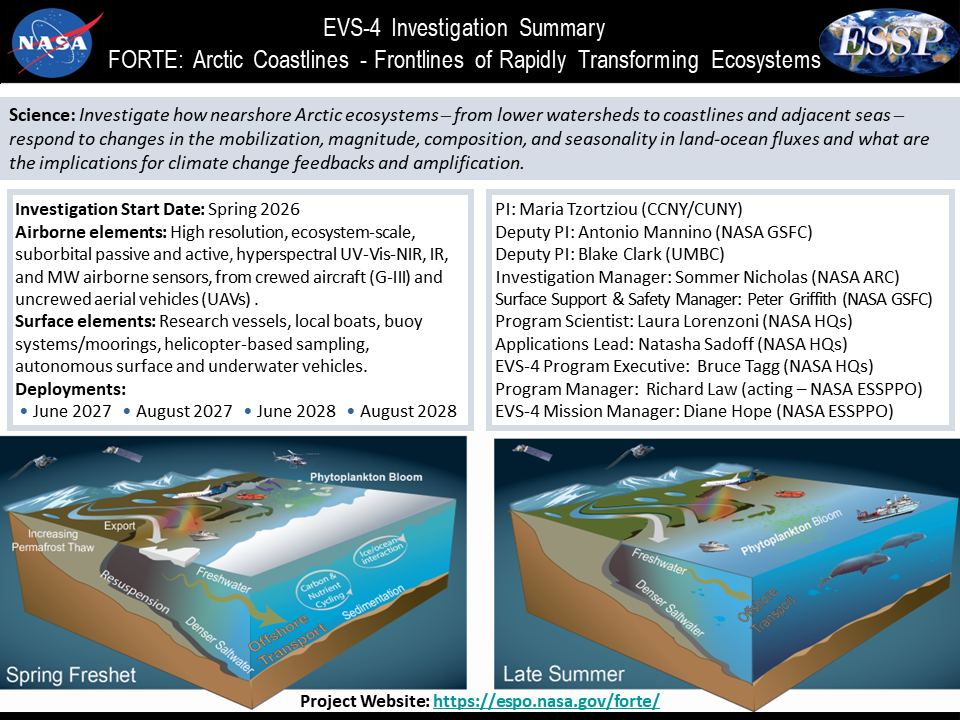

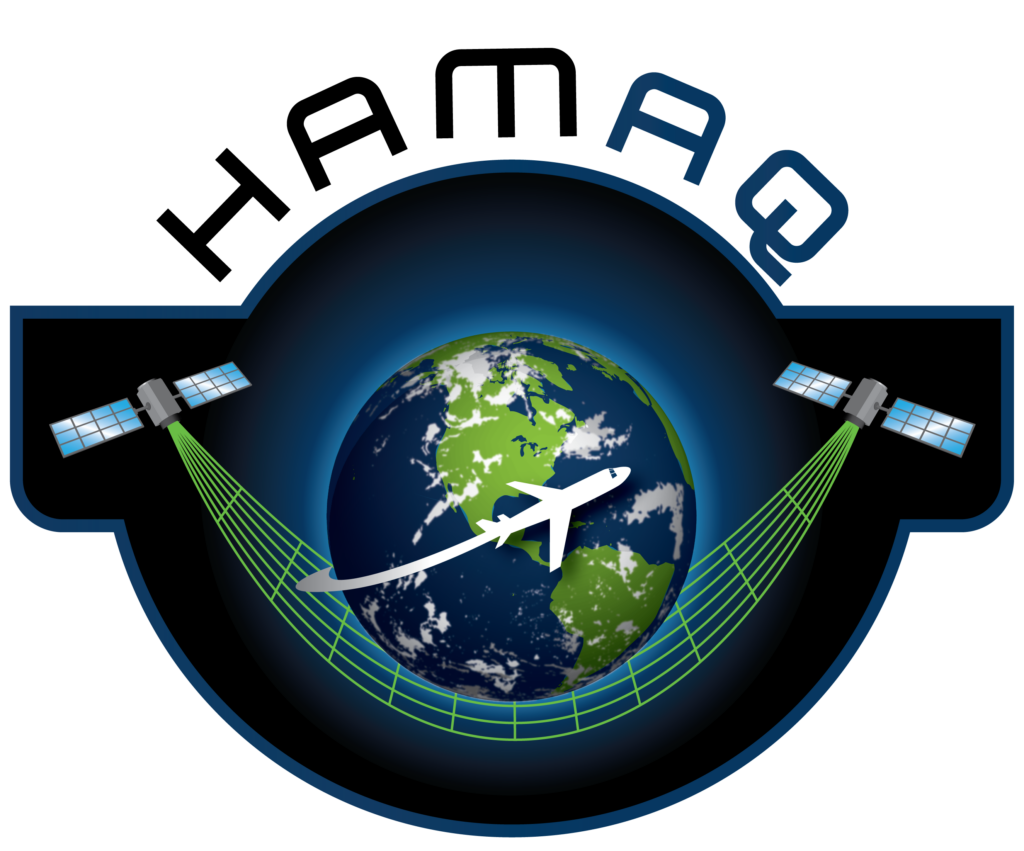

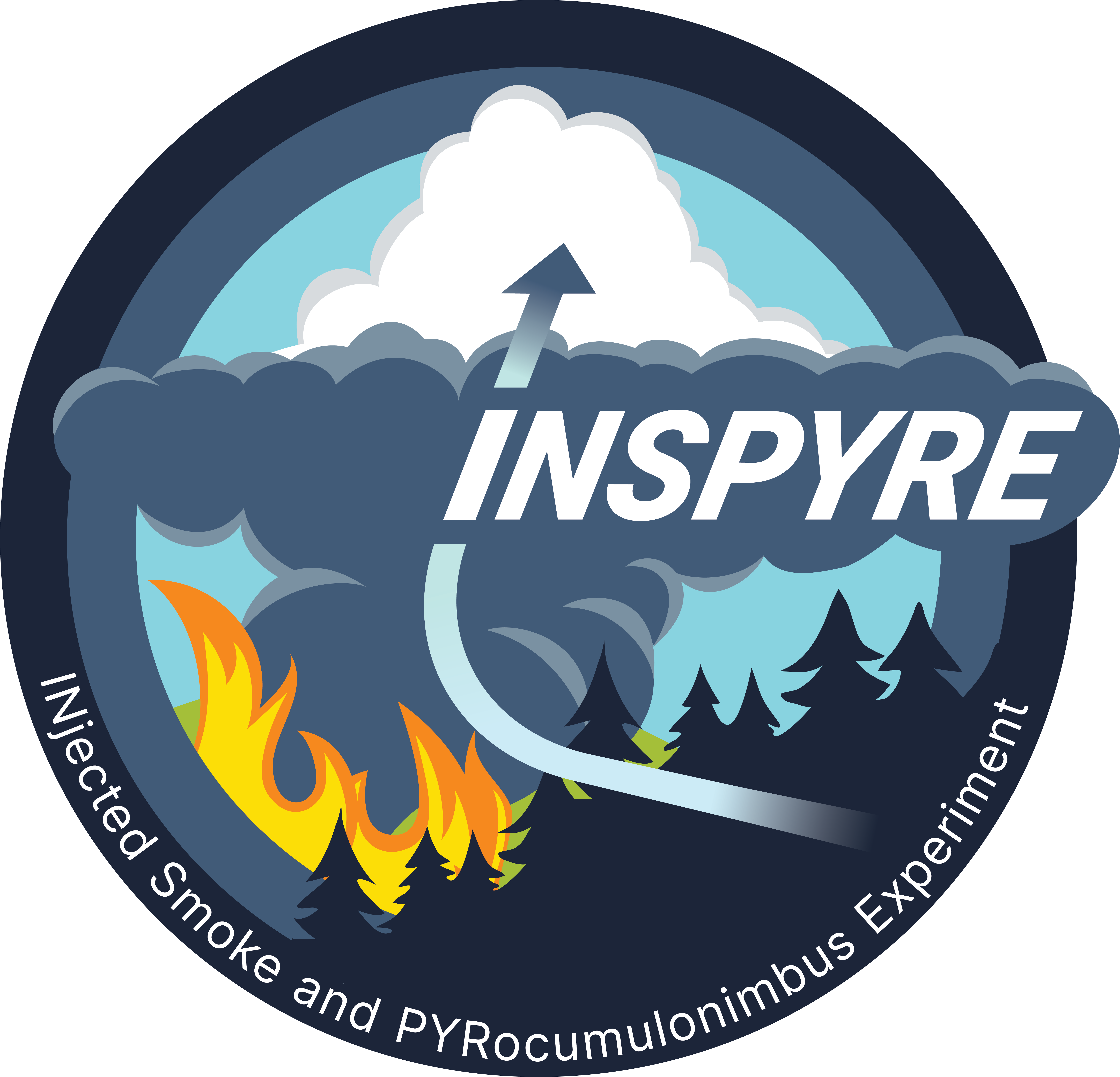







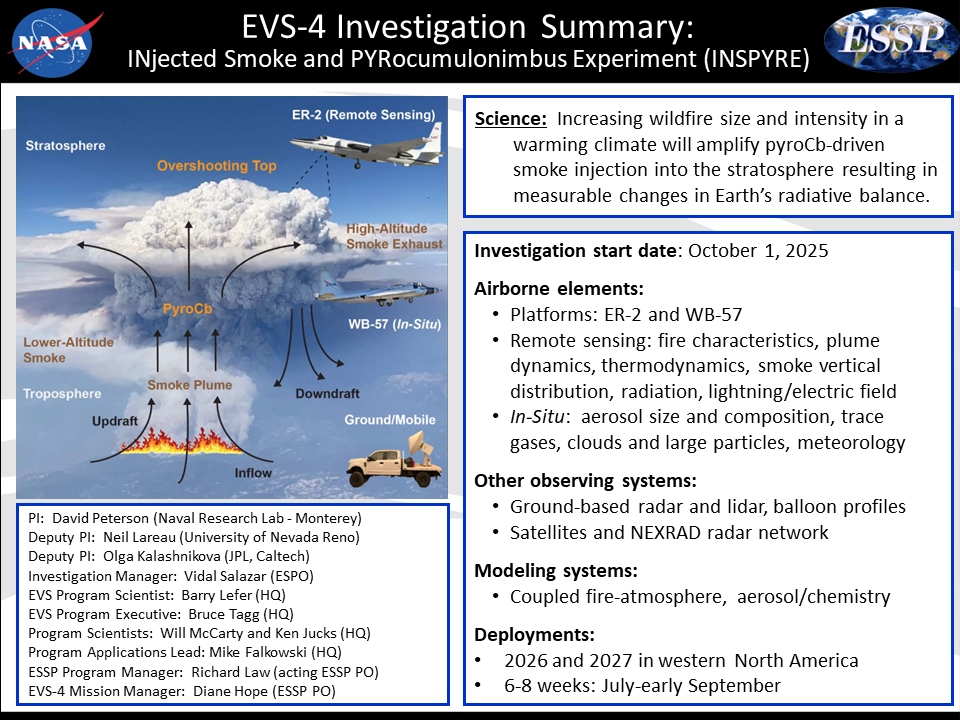

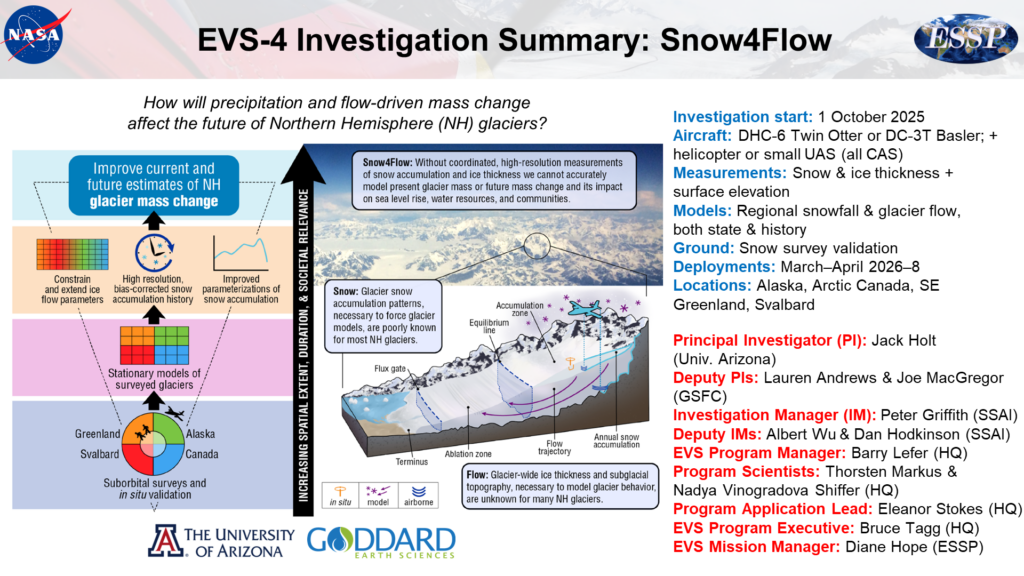


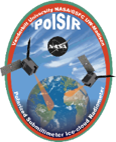 Polarized Submillimeter Ice-cloud Imager (PolSIR)
Polarized Submillimeter Ice-cloud Imager (PolSIR)

